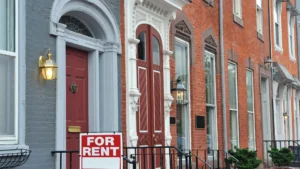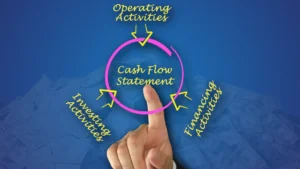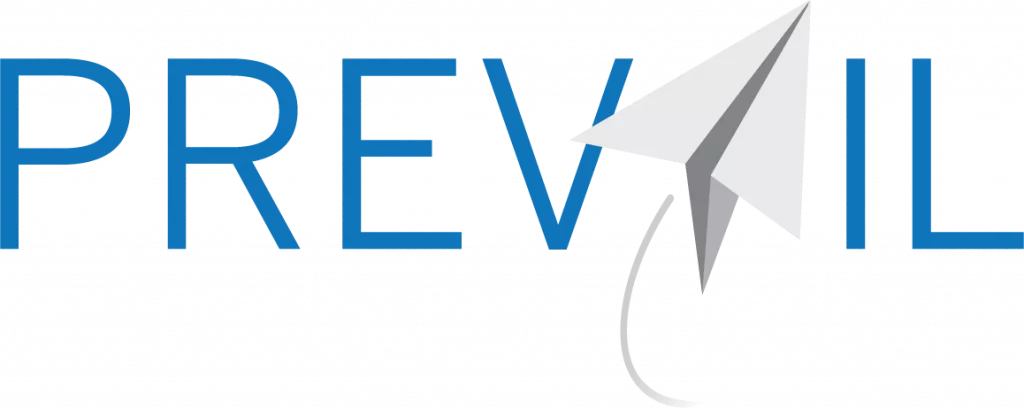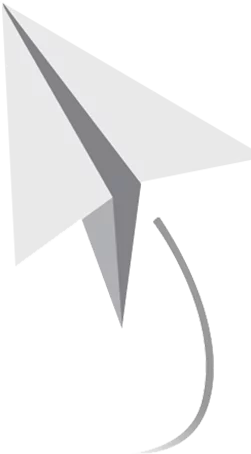If you are thinking that real estate cash flow from passive investments in real estate seem too good to be true, you’re not alone.
Typically, within the first few months of closing on a leased-up property, you can expect to see monthly/quarterly cash flow distributions. Many are shocked when they first learn about the potential cash flow. How is it that these investment strategies can do this? Where does the money really come from? The key to rest easy is to understand exactly where that cash comes from and how it makes its way from the tenant paying rent into your pocket.
Where the Real Estate Cash Flow Comes From
Every real estate investment, no matter the size or number of tenants, is an asset that generates income as well as expenses. Let’s talk about an apartment complex generates income, their typical expenses and how real estate cash flow is calculated.
Gross income
In the case of an apartment building, the main source of income is the rent that is due from each tenant every month. Lets say the average rent in a 100 unit building is $800 which means that gross potential income is $80,000 per month or $960,000 per year.
That is the potential income for the whole complex assuming no vacancies and full rent payments with no expenses, deals or discounts. (like the first month is free)

Net Rental Income
Net Rental Income is arrived by subtracting vacancy costs, loss to lease and concessions from gross income. For example, if 10% of the units are vacant on any given day, then $800 time 10 units is $8K per month or $96K per year in vacancy costs.
In our example, if the only deductions are vacancy costs, our net rental income would be $960,000 minus vacancy costs of $96K for net rental income of $864,000.
Operating Expenses
Operating Expenses or OpEx are the expenses the business incurs to run the apartments and include maintenance, repairs, property management, cleaning, landscaping, utilities, legal, etc. No two apartment buildings have the same needs or the same structure.
In our example, lets assume total projected monthly OpEx equals$38K, which works out to $456,000 per year. The sponsor will work to continuously reduce those expenses but let’s use it as a starting point.
 Net Operating Income
Net Operating Income
Net Operating Income or NOI is what is left when you subtract OpEx from net rental income. In our example, which is $864,000 minus $456,000 resulting in net operating income of $408,000.
If that is a bit too much math, no worries, there are a lot of numbers in there. The important point is that you want NOI to be positive and as high a number as possible which means that the property can generate a profit and create cash flow distributions which you as an investor are looking for.
Mortgage
As with any property purchase, you have to pay the interest and principal back on the mortgage. Similar to a home, a commercial property usual has about 25%-30% down payment with the bank financing the other 70-75%.
In this case, let’s assume the principal and interest are $20,000 each month or $240K per year.
Cash Flow / Cash on Cash Returns
Now we subtract the Mortgage expenses from the NOI to arrive at cash flow. Keep in mind that there are a number of factors that can change from the pro forma as the sponsor optimizes the property and expenses. Real Estate cash flow figures tend to increase over time, though it is never guaranteed.

First year total cash flow in our case is $408,000 NOI – $240,000 mortgage = $168,000 first year cash flow.
That amount is then split according to the agreed structure of the deal. Let’s assume this deal uses an 80/20 deal structure with 80% to investors and 20% to sponsors.
First year cash flow to investors then would be $168,000 first year total cash flow x 80% = $134,400. Depending on your level of investment, you would get a share of that cash flow each month/quarter in the form of a distribution check.
Your monthly cash flow distribution check
If you’d invested $100,000 into this deal, you might expect a $667 check each month, which would work out to $8,628 for the year.
Understanding Real Estate Cash Flow
So, there it is. The cash flow deposited to your bank account each month comes from the rent tenants pay. We deduct expenses, pay the mortgage, taxes and insurance and whatever is leftover is then divided and shared with investors.
Is the income guaranteed? Absolutely not.
Considering all the variables, location, team members, tenants, economy and much much more, its important to remember that these are all estimates. Useful to evaluate, but just projections and should never be considered as truth.
Now you have a better understanding of where cash flow from real estate investing comes from, you should be able to more effectively evaluate and vet the figures you see in the next pro forma on a deal you are checking out. Understanding real estate cash flow will lead you to make wiser investing decisions.



















